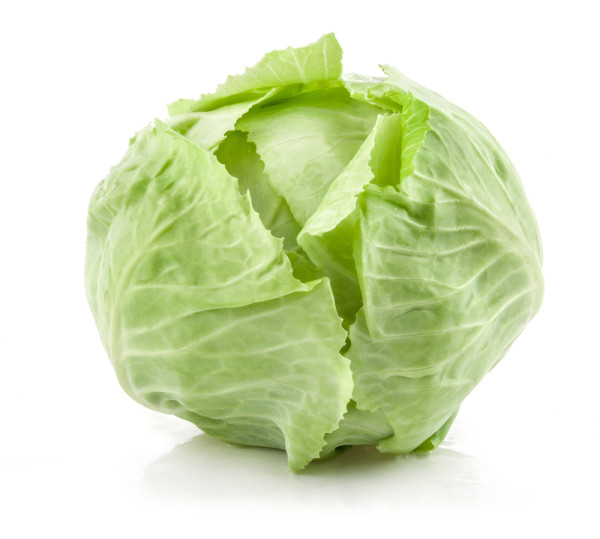By Janis Jibrin, M.S., R.D., Best Life lead nutritionist
While January can’t compete with the summer months when it comes to in-season fruits and vegetables, it boasts enough produce to keep things interesting (and nutritious). Here are 10 easy recipes that make good use of what’s freshest in the grocery store and farmer’s market.
Cabbage A good source of vitamins C (an antioxidant) and K (important for your bones and for ensuring that your blood clots properly), cabbage is also a good source of isothiocyanates, powerful cancer-fighters. This stuffed cabbage recipe uses a whole head!
Cauliflower Also rich in isothiocyanates and vitamin C, this cruciferous vegetable offers a sprinkling of B vitamins. It stands up well to most spices and herbs, as in this easy Roasted Spiced Cauliflower dish.
Grapefruit Both red and white grapefruit offer up a full day’s worth of vitamin C per fruit, plus a compound called naringin, which has antioxidant, anti-inflammatory ,and blood-sugar-lowering powers, which helps to fend off heart disease and cancer. Red grapefruit is also rich in another powerful antioxidant: lycopene. Much more than just a breakfast starter, grapefruit can be paired with avocado and fennel to make this gorgeous salad.
Mushrooms Confession: I’m cheating here, because they’re not exactly a winter vegetable (they’re grown year-round). But mushrooms, which are underrated nutritionally, contain a variety of phytonutrients. For example, the most common type—white button mushrooms—contain compounds that slightly suppress estrogen formation, which can help reduce breast cancer risk. Turn them into a vegetarian main dish with this Quick Mushroom and White Bean Stew
Oranges We’re smack in the middle of orange season, so take advantage of this vitamin C-rich fruit. Before peeling, grate the rind (zest) and add it to sauces, pilafs, poultry, seafood or meat, and baked goods. Phytonutrients in rind, such as limonene, have potent anti-cancer effects. Here’s a healthy dessert that uses both the flesh and rind.
Parsnips This mild-tasting root vegetable looks like a big, pale carrot. While parsnips don’t have dramatic amounts of any one particular nutrient, they offer a sprinkling of just about every vitamin and mineral, save for vitamins A and D. Here are five ways to use them.
Read Also:
Warm Winter Veggie Roasts: Moroccan Tagine
Experience the Health Benefits of Mushrooms

